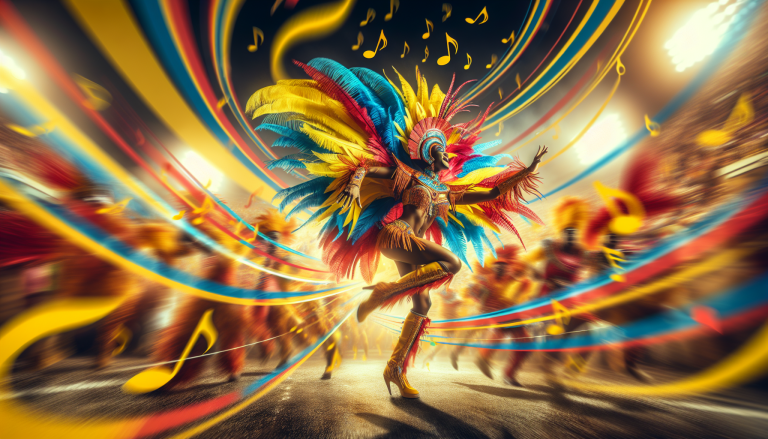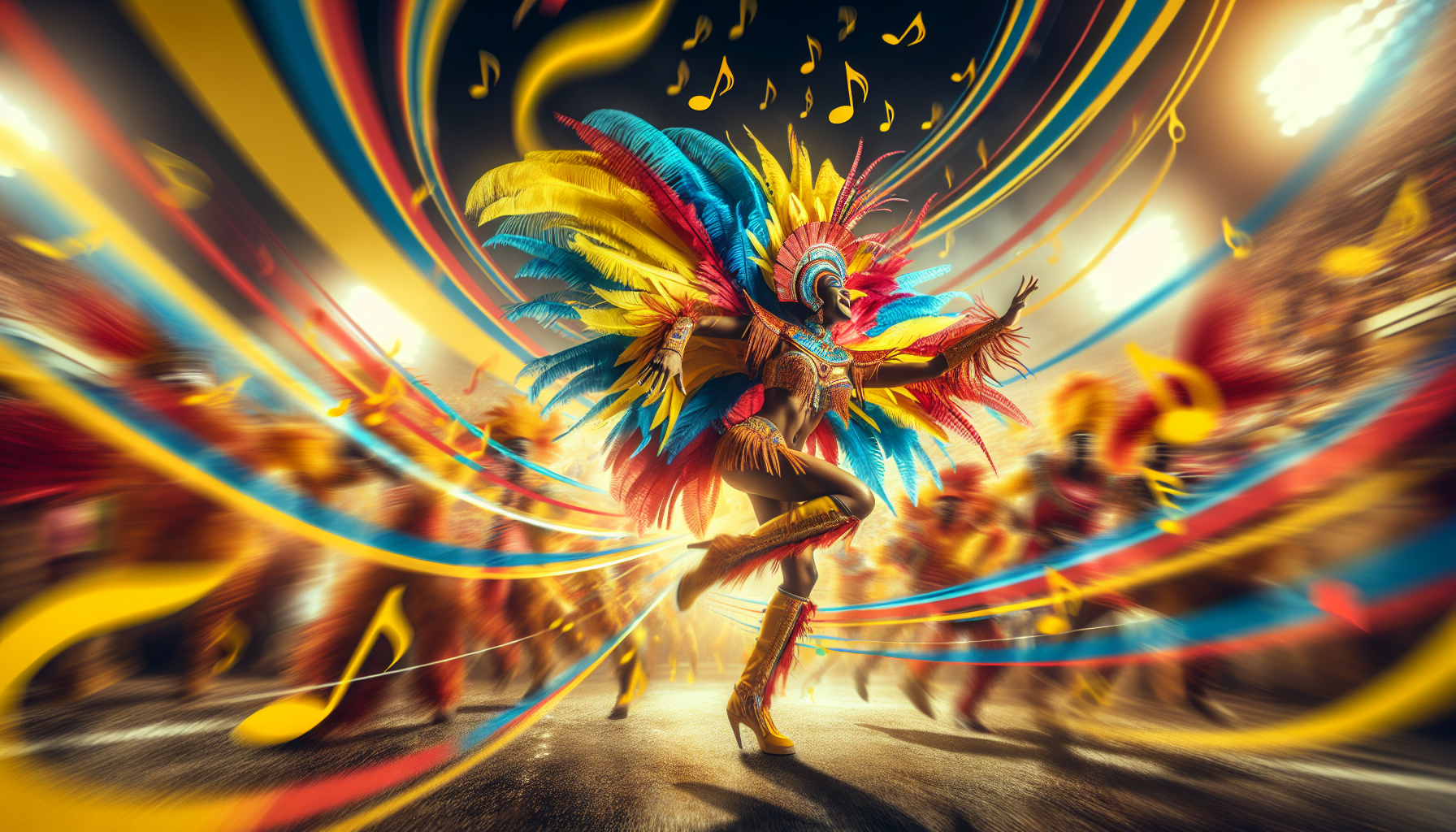Soca: The Heartbeat of Caribbean Carnival Culture
When the first thunderous beats of soca music fill the air, something magical happens. The rhythm takes hold, bodies begin to move, and the vibrant spirit of the Caribbean erupts in pure, unbridled joy. Soca is more than just a musical genre – it’s a cultural phenomenon that embodies the soul of Caribbean celebration and resilience.
Origins and Historical Roots
Soca emerged in the early 1970s, primarily in Trinidad and Tobago, as an evolution of calypso music. The term “soca” is believed to be a contraction of “soul” and “calypso,” coined by legendary musician Lord Shorty (Garfield Blackman). Lord Shorty is credited with intentionally developing the genre as a way to modernize traditional calypso and appeal to younger generations.
The music originated during a transformative period in Caribbean cultural history. As Caribbean nations were emerging from colonial rule, artists sought to create musical expressions that captured their newfound independence and cultural identity. Soca became a powerful medium for cultural celebration, social commentary, and pure musical innovation.
Musical Characteristics
Soca is characterized by its high-energy, uptempo rhythm that typically ranges between 120-140 beats per minute. Unlike its predecessor calypso, soca features more prominent percussion, synthesized sounds, and a more dynamic instrumental arrangement. The music is designed to make people dance, with infectious beats that seem to bypass rational thought and connect directly to the body’s movement.
The instrumentation typically includes:
– Synthesizers
– Electronic drums
– Brass instruments
– Traditional Caribbean percussion
– Steel drums
What sets soca apart is its ability to blend traditional Caribbean musical elements with modern electronic production techniques. The result is a sound that is simultaneously rooted in tradition and thoroughly contemporary.

Cultural Significance
Soca is intrinsically linked to Caribbean carnival culture, serving as the primary musical soundtrack for celebrations across the region. During carnival season, soca transforms from mere music into a powerful cultural expression of freedom, joy, and collective identity.
As renowned soca artist Machel Montano once said, “Soca is not just music – it’s a way of life. It’s about bringing people together, celebrating our culture, and expressing ourselves without boundaries.”
The music transcends mere entertainment, functioning as a form of cultural preservation and social commentary. Many soca songs address important social issues, political challenges, and cultural pride, continuing the tradition of calypso as a voice for the community.
Notable Soca Artists
1. Machel Montano
Often called the “King of Soca,” Machel Montano has been instrumental in globalizing the genre. Starting his career as a child prodigy, he has consistently pushed soca’s boundaries, collaborating with international artists and bringing Caribbean music to global audiences.
2. Bunji Garlin
Known for his high-energy performances and innovative approach, Bunji Garlin has been crucial in developing the “ragga soca” subgenre. His music often blends traditional soca with elements of dancehall and hip-hop.
3. Destra Garcia
As one of the most prominent female voices in soca, Destra Garcia has been a trailblazer. Her powerful vocals and dynamic performances have made her a beloved figure in Caribbean music.
Global Impact and Modern Evolution
While soca originated in Trinidad and Tobago, it has now spread across the Caribbean and beyond. Major carnivals in cities like New York, London, and Toronto now feature extensive soca performances, demonstrating the genre’s global appeal.
Contemporary soca continues to evolve, incorporating elements from global music genres like EDM, hip-hop, and afrobeats. This adaptability ensures that soca remains a living, breathing musical form that speaks to new generations while maintaining its core cultural identity.
Where to Experience Soca
The absolute best way to experience soca is during Caribbean carnivals. Trinidad’s Carnival, typically held in February, is the ultimate soca celebration. However, major Caribbean islands like Barbados, Jamaica, and Grenada also host incredible carnival experiences.
For those unable to travel, numerous festivals worldwide now feature soca performances. Online platforms like YouTube and streaming services also offer extensive soca music collections.
Conclusion
Soca represents more than just a musical genre – it’s a vibrant expression of Caribbean culture, resilience, and joy. From its roots in Trinidad to its current global status, soca continues to be a powerful medium of cultural celebration and musical innovation.
Whether you’re a seasoned Caribbean music lover or a curious newcomer, soca offers an irresistible invitation to dance, celebrate, and connect with the profound rhythms of the Caribbean spirit.




